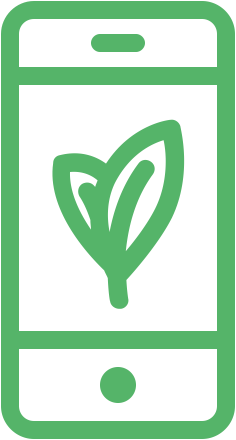
GroTech @ Berkeley is dedicated to providing students with hands-on learning opportunities at the intersection of botany and technology. Every semester, we identify agricultural challenges and assemble interdisciplinary project teams to tackle those problems. In these project teams, students research, design, and build innovative plant growth technologies, enriching their educational journey while meaningfully contributing to society.
LEARN MORENASA'S GROWING BEYOND EARTH CHALLENGE WINNERS
Our team won Year 1 of the Growing Beyond Earth Maker Contest. This competition challenges makers to design, prototype, and eventually build and test plant growth chambers optimized for micro-gravity environments. Each submission is standardized to growing red romaine lettuce; must fit within a 50 cm cube; take into consideration lighting, irrigation, and airflow; and improve upon some aspect of NASA's current plant growth chamber, Veggie.
READ MORE2020-2021 PROJECTS

ENERGY-EFFICIENT HYDROPONICS SYSTEM
Hydroponics is a method of growing plants in water. This method is water-conservative and high yield, yet it is incredibly inefficient, energy-wise as it consumes incredible amounts of power for LED lights and water/air pumps. Our objective is to design a novel system that reduces energy-waste and draws power from renewable solar energy.

Growing Beyond Earth Year 2
Growing plants aboard spacecraft consumes valuable space and requires regular maintenance. The Growing Beyond Earth project team is developing a microgravity-compatible plant growth chamber that maximizes production in a constrained volume. For the design portion of our project, we have so far achieved a four-fold increase in space utilization compared to The Vegetable Production System (Veggie) aboard the ISS. Our goal for Year 2 is to maintain or efficientize this space utilization and automate our system’s lighting, air circulation, and watering.

PLANT PEST CONTROL APP
Greenhouse laboratories, such as UC Berkeley's Oxford Greenhouse, employ yellow sticky traps to monitor and control plant pests. These traps capture hundreds of insects which are laborious to classify and count with the human eye. Our objective is to design an automated plant pest counter web app. The user takes a picture of the trap and an algorithm automatically classifies and counts the various pests present.